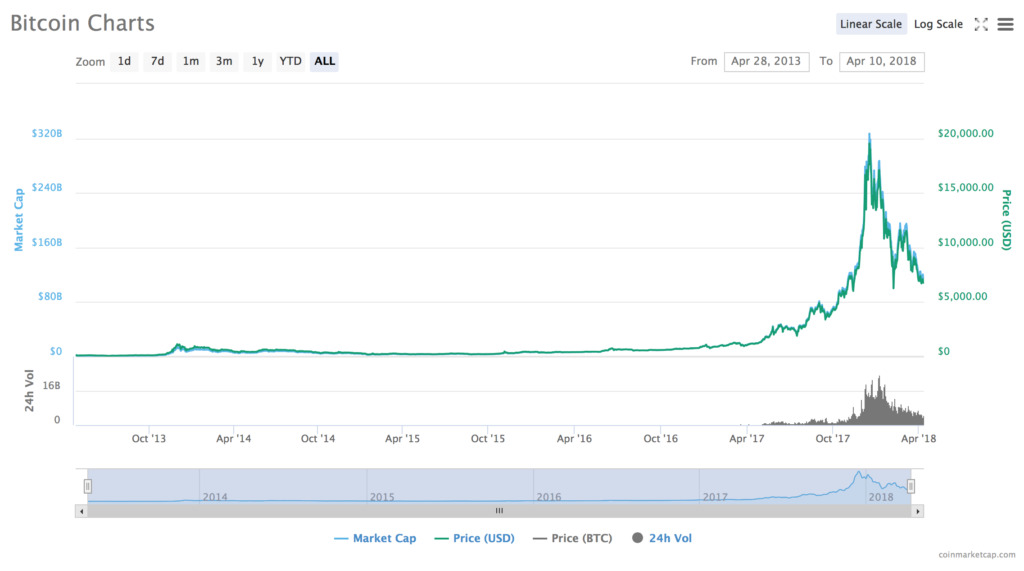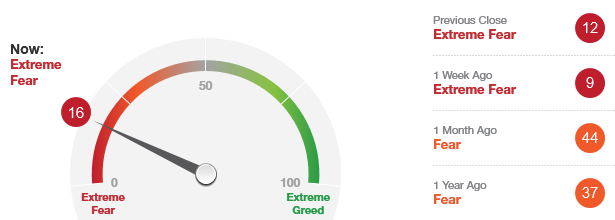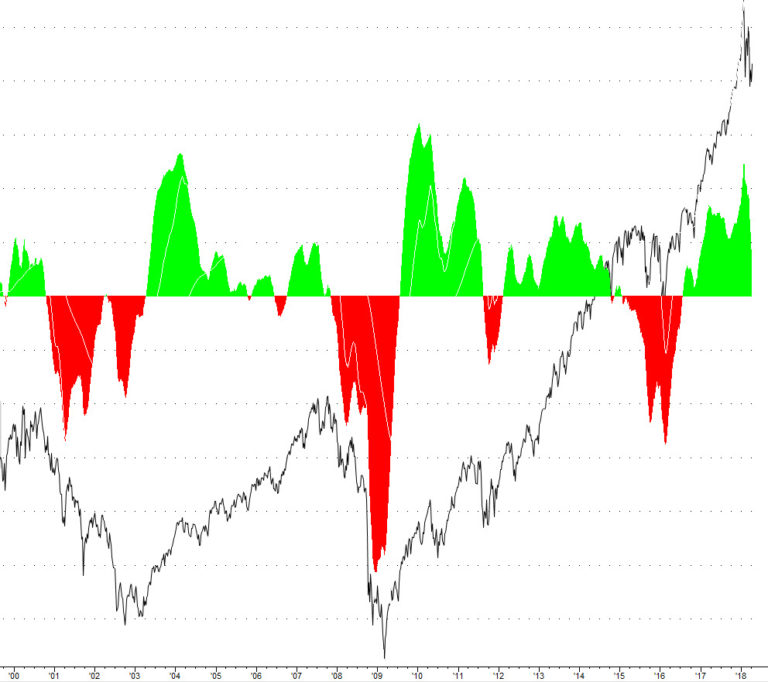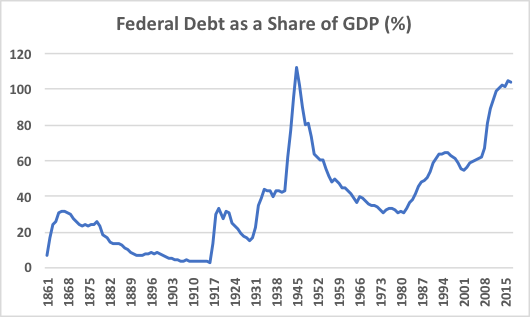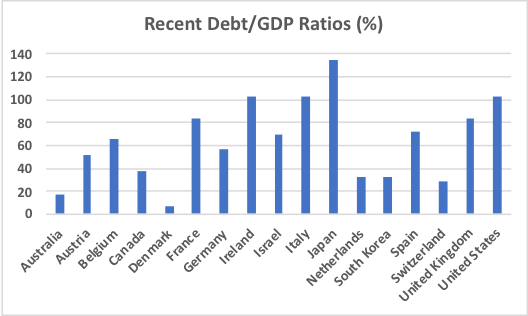Market Overview
This month’s models are now available.
What Needs to Happen for the Crypto Market to Gel
Whether any of us like it or not, crypto-assets are here to stay.
We’re not rushing out to buy anything in this sphere today. At the moment, there are still more reasons to take a pass than there are to buy into the asset class. But the moment isn’t going to last very much longer. So, let’s clarify what would signal a “maturity level” in the crypto-markets that could cause us to put our own hard-earned (non-digital) cash into it.
Greater awareness among the investing public
Blockchain is technology rooted in the science of code-making – thus crypto-everything – that makes value transfers more secure. In theory, this eliminates the need for such intermediaries as banks, brokers or clearinghouses.
The word you probably hear most in relation to blockchain is bitcoin, which was the first cryptocurrency – a technology-based asset that serves the same purposes as cash. You can: a) exchange it for goods and services, b) keep track of your accounts in it, and c) hold onto it because it’ll still be worth something a year from now.
Cryptocurrencies are distinct from tokens, issued by teams as permission slips to use their blockchains, as well as rewards to developers for contributing to the project. But tokens have come under scrutiny because they’re being sold to the public to raise capital. These sales, called initial coin offerings (ICOs), look a lot like initial public offerings (IPOs) on stock exchanges, which means tokens resemble equity shares a little too much for the Securities and Exchange Commission’s liking.
Out with the pump-and-dumpers

Ethereum founder Vitalik Buterin
As easily foreseen by anyone who recalls the dotcom bubble, the vast majority of ICOs are doomed. Fortune reported that, just seven weeks into 2018, half of all 2017 ICOs had failed. Even crypto-assets’ strongest advocates believe that the ICO market is dicey.
“There are some good ideas, there are a lot of very bad ideas, and there’s a lot of very, very bad ideas, and quite a few scams as well,” concedes blockchain’s undisputed thought leader, Vitalik Buterin. Buterin founded the Ethereum platform, established its ether cryptocurrency, turned the theoretical concept of smart contracts into reality, and invented the distributed applications which provide businesses with practical reasons to build internal systems on Ethereum. He is 24.
Spending bitcoins ethereum and other types of cryptocurrency in Beverly Hill https://t.co/q9VZ3MzpK8 pic.twitter.com/BYyOFUnm8W
— Floyd Mayweather (@FloydMayweather) September 15, 2017
 At the moment, anything can be an ICO. In this star-struck world, we’ve seen recent examples of con artists running pump-and-dump schemes – where insiders get the media to talk up their venture, then cash out as quickly as they can. Action-movie hero Steven Seagal and boxing champ Floyd Mayweather have both been implicated in lending their celebrity to sketchy ICOs.
At the moment, anything can be an ICO. In this star-struck world, we’ve seen recent examples of con artists running pump-and-dump schemes – where insiders get the media to talk up their venture, then cash out as quickly as they can. Action-movie hero Steven Seagal and boxing champ Floyd Mayweather have both been implicated in lending their celebrity to sketchy ICOs.
Until the ICO market can endure the same level of analysis and regulatory scrutiny the IPO market must, it will be difficult for it to engender the same level of confidence.
Reasonable degree of regulation
Crypto-assets need to follow some set of rules, and many of those rules have yet to be written.
The U.S. government has legitimate concerns around the fraudulent nature of many ICOs, true, but the bigger issue is with cryptocurrencies being used for nefarious purposes. As with cash, cryptos can be used for money laundering, terrorist financing, and tax evasion. Unlike cash though, you can keep it on a thumb drive rather than pack steamer trunks full of it and risk confiscation at a customs checkpoint. That you can buy, sell and hold crypto-assets without revealing who you are or what you’re doing with the proceeds might have a certain libertarian appeal, but those same characteristics also invite abuse.
Greater market cap and participation
The market cap for all cryptocurrencies is, as of this writing, $276 billion. Meantime, there is around $69 trillion in stock market value spread throughout the world, or 250 times that size. Around $13 billion of cryptocurrency traded within the 24 hours preceding this writing, while traditional foreign exchange’s volume exceeds $5 trillion per day, or 385 times that of cryptocurrency.
There are only about 25 million wallets, or accounts, in the entire world. That’s little more than one-fourth the mutual fund accounts in the U.S. alone.
Stable value
The popular narrative is that bitcoin, after peaking above $19,000 in mid-December, crashed. In fact, it trades at about $7,000 as of this writing – a 63% drop.
But looking at bitcoin’s price history from another point of view, bitcoin was trading around $1,500 in April 2017, so it’s risen about 370% over the last 12 months. And even when it’s value was plummeting, it was never a falling knife. It tested levels every $1,000, and there was always some resistance. When viewed on the logarithmic scale favored by financial analysts, bitcoin doesn’t look all that volatile.
Maybe cryptocurrencies will find a narrow trading range against the dollar. Maybe they already have.
But until the market broadens and regulation drives out bad actors while improving market transparency, we’ll be on the sidelines. Watching. Closely.
